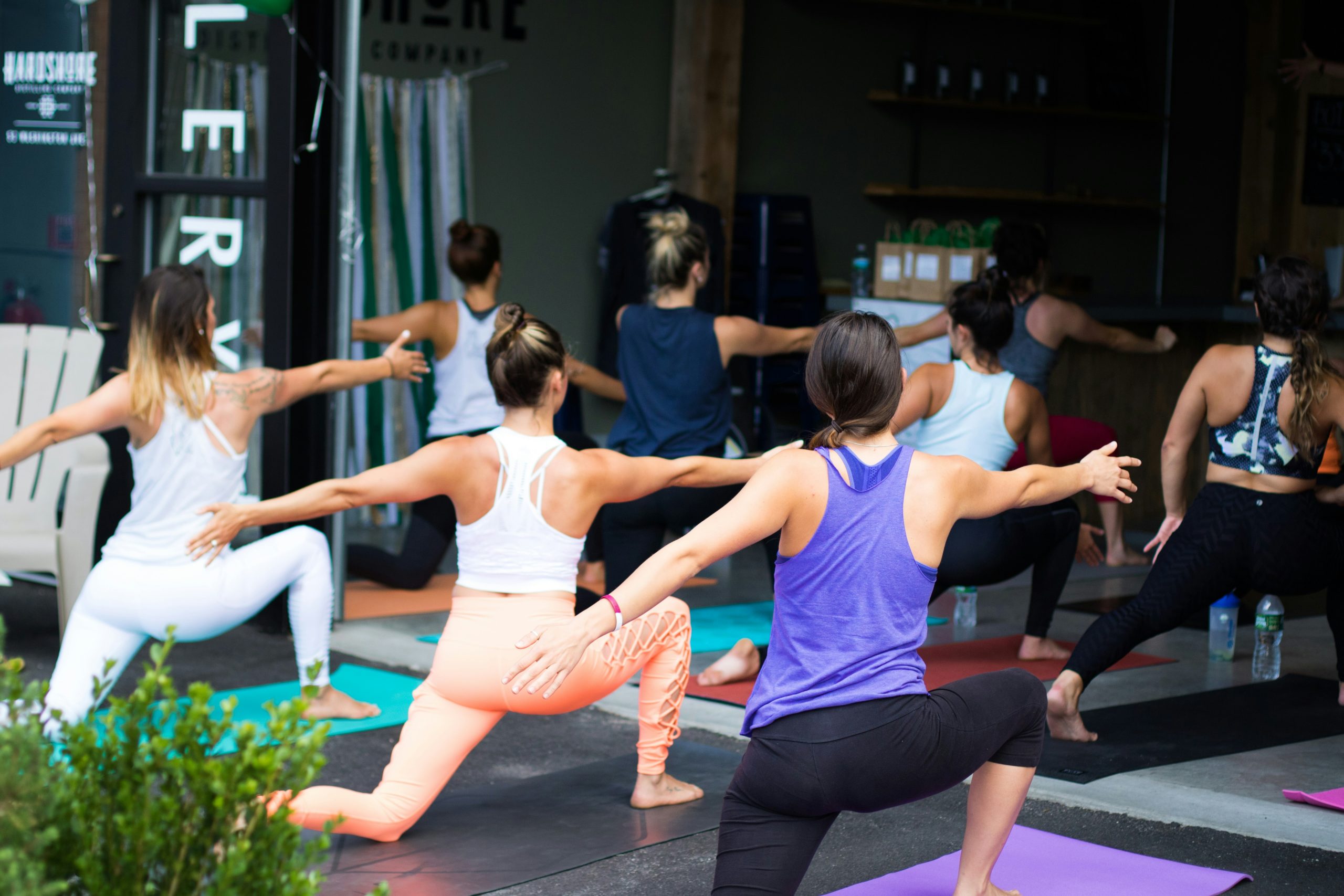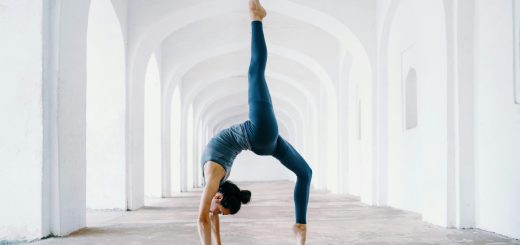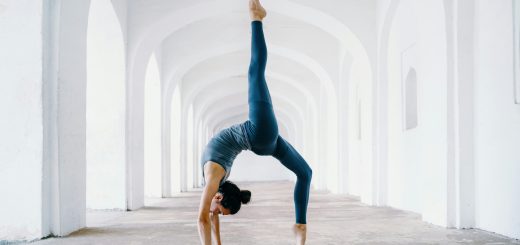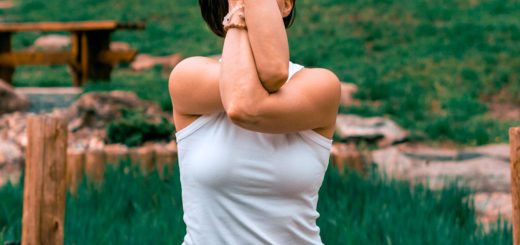Restorative Yoga: Deep Relaxation Techniques

Hey there, amazing readers! 🖐️ Just a quick note: yes, we know there are a lot of ads here. Trust us, we get it—it’s not the prettiest look, but they help us keep this blog alive and kicking. Those pesky little ads cover the costs of all the behind-the-scenes magic, from hosting and tech stuff to creating content we hope you’ll love.
We’re committed to delivering quality posts, and your support (even just sticking around despite the ads) means everything to us. So, bear with us, and thanks for helping us keep the good vibes rolling. Now, on to the fun stuff! 😉
TRANSLATE BUTTON AT THE END OF THE ARTICLE
A Quick Overview
Restorative yoga is a gentle and therapeutic form of yoga that focuses on deep relaxation and rejuvenation.
Unlike more active styles of yoga, restorative yoga involves holding poses for an extended period with the support of props, allowing the body to completely relax and release tension.
This practice is particularly beneficial for those looking to unwind, reduce stress, and restore balance to both the body and mind.
In this article, we will delve into the world of restorative yoga and explore the various deep relaxation techniques it offers.
Understanding Restorative Yoga
Restorative yoga is a passive practice that aims to create a state of deep relaxation in the body and mind.
It involves holding poses for an extended period, typically between 5 to 15 minutes, with the support of props such as bolsters, blankets, and blocks.
The focus is on releasing tension in the muscles, calming the nervous system, and quieting the mind.
Restorative yoga is suitable for practitioners of all levels, including beginners, as it does not require any prior experience or flexibility.
Benefits of Restorative Yoga
Restorative yoga offers a wide range of benefits for both the body and mind.
Some of the key advantages of this practice include:
Stress reduction: Restorative yoga helps activate the parasympathetic nervous system, which is responsible for the body’s relaxation response.
Improved flexibility: Holding poses for an extended period allows the muscles to lengthen and relax, leading to increased flexibility.
Enhanced sleep quality: The deep relaxation techniques in restorative yoga can help promote better sleep and alleviate insomnia.
Pain relief: Restorative yoga can help alleviate physical discomfort by releasing tension in the muscles and promoting circulation.
Emotional healing: By allowing the body to relax deeply, restorative yoga can help release emotional tension and promote a sense of well-being.
Deep Relaxation Techniques
Restorative yoga employs various deep relaxation techniques to help practitioners achieve a state of calm and tranquility.
Some common techniques include:
Progressive muscle relaxation: This involves systematically tensing and releasing different muscle groups to help release physical tension.
Visualization: Practitioners may be guided to visualize a peaceful scene or place to help calm the mind and induce relaxation.
Body scanning: This technique involves bringing awareness to different parts of the body, starting from the toes and moving up to the head, to release tension and promote relaxation.
Breath awareness: Focusing on the breath and practicing deep, diaphragmatic breathing can help calm the nervous system and induce relaxation.
How Restorative Yoga Works
Restorative yoga works by activating the body’s relaxation response through gentle, supported poses and deep relaxation techniques.
By holding poses for an extended period with the support of props, practitioners can release tension in the muscles, calm the nervous system, and quiet the mind.
This allows for deep relaxation and rejuvenation at a physical, mental, and emotional level.
Props Used in Restorative Yoga
Props play a vital role in restorative yoga, providing support and comfort to practitioners as they hold poses for an extended period.
Some common props used in restorative yoga include:
Bolsters: Large, firm pillows used to support various parts of the body in reclined poses.
Blankets: Soft blankets used for warmth and cushioning during poses.
Blocks: Foam or wooden blocks used to provide additional support in seated or reclined poses.
Straps: Yoga straps used to help deepen stretches and provide support in poses that require flexibility.
Poses for Deep Relaxation
Restorative yoga includes a variety of poses that are designed to promote deep relaxation and rejuvenation.
Some common poses for deep relaxation include:
Supported Child’s Pose: This pose involves kneeling with the torso resting on a bolster for a gentle stretch in the back and hips.
Legs-Up-the-Wall Pose: This pose involves lying on the back with the legs extended up a wall for a gentle inversion that promotes relaxation.
Supported Bridge Pose: This pose involves lying on the back with a bolster supporting the hips for a gentle backbend that opens the chest and shoulders.
Reclining Bound Angle Pose: This pose involves reclining with the soles of the feet together and knees apart, supported by bolsters for a gentle hip opener.
Creating a Relaxing Environment
Creating a relaxing environment is key to enhancing the restorative yoga experience.
Some tips for setting up a calming space for your practice include:
Dimming the lights or using candles to create a warm ambiance.
Playing soft music or nature sounds to create a soothing atmosphere.
Using aromatherapy with essential oils like lavender or chamomile to promote relaxation.
Decluttering the space and using minimal props to create a sense of openness and tranquility.
Breathing Techniques in Restorative Yoga
Breathing techniques play a crucial role in restorative yoga, helping to calm the mind and deepen relaxation.
Some common breathing techniques used in restorative yoga include:
Diaphragmatic breathing: This involves breathing deeply into the belly to activate the parasympathetic nervous system and induce relaxation.
Extended exhalation: Lengthening the exhalation can help calm the nervous system and promote a sense of calm.
Alternate Nostril Breathing: This breathing technique involves breathing in through one nostril and out through the other to balance the energy channels in the body and promote relaxation.
Mindfulness and Meditation
Mindfulness and meditation are integral components of restorative yoga, helping practitioners cultivate a sense of presence and awareness during their practice.
By staying present in the moment and focusing on the breath, practitioners can deepen relaxation and quiet the mind.
Incorporating mindfulness and meditation into your restorative yoga practice can enhance the overall benefits and promote a sense of inner peace and tranquility.
Incorporating Restorative Yoga into Your Routine
Incorporating restorative yoga into your routine can be a transformative way to unwind, reduce stress, and promote overall well-being.
Some tips for integrating restorative yoga into your daily schedule include:
Setting aside dedicated time for your practice, even if it’s just 10-15 minutes a day.
Creating a restorative yoga space in your home where you can practice without distractions.
Experimenting with different props and poses to find what works best for your body and needs.
Practicing mindfulness and deep relaxation techniques both on and off the mat to cultivate a sense of balance and tranquility.
Tips for Deepening Your Practice
To deepen your restorative yoga practice and enhance the benefits, consider the following tips:
Practice regularly: Consistency is key in reaping the full benefits of restorative yoga.
Listen to your body: Honor your body’s limits and practice self-compassion during your practice.
Explore different poses: Experiment with a variety of poses to find the ones that resonate most with you.
Seek guidance: Consider attending restorative yoga classes or workshops to deepen your understanding of the practice and receive personalized instruction.
Precautions and Considerations
While restorative yoga is generally safe for most people, there are some precautions and considerations to keep in mind:
Consult with a healthcare provider before starting any new exercise regimen, especially if you have any underlying health conditions.
Listen to your body and avoid any poses that cause pain or discomfort.
If you have any injuries or medical concerns, speak with a qualified yoga instructor to modify poses as needed.
Pregnant individuals should consult with their healthcare provider before practicing restorative yoga and avoid poses that may be contraindicated during pregnancy.
Conclusion
Restorative yoga offers a unique opportunity to unwind, relax, and rejuvenate the body and mind through deep relaxation techniques and supported poses.
By incorporating restorative yoga into your routine, you can experience a wide range of benefits, including stress reduction, improved flexibility, and enhanced sleep quality.
Whether you are a beginner or an experienced yogi, restorative yoga provides a gentle and therapeutic practice that can promote overall well-being and inner peace.
By understanding the principles and techniques of restorative yoga, you can create a relaxing environment, deepen your practice, and experience the transformative power of this restorative practice.

The Enlightenment Journey is a remarkable collection of writings authored by a distinguished group of experts in the fields of spirituality, new age, and esoteric knowledge.
This anthology features a diverse assembly of well-experienced authors who bring their profound insights and credible perspectives to the forefront.
Each contributor possesses a wealth of knowledge and wisdom, making them authorities in their respective domains.
Together, they offer readers a transformative journey into the realms of spiritual growth, self-discovery, and esoteric enlightenment.
The Enlightenment Journey is a testament to the collective expertise of these luminaries, providing readers with a rich tapestry of ideas and information to illuminate their spiritual path.
Our Diverse Expertise 🌟
While our primary focus is on spirituality and esotericism, we are equally passionate about exploring a wide range of other topics and niches 🌍📚. Our experienced team is dedicated to delivering high-quality, informative content across various subjects ✨.
To ensure we provide the most accurate and valuable insights, we collaborate with trusted experts in their respective domains 🧑🏫👩🏫. This allows us to offer well-rounded perspectives and knowledge to our readers.
Our blog originally focused on spirituality and metaphysics, but we’ve since expanded to cover a wide range of niches. Don’t worry—we continue to publish a lot of articles on spirituality! Frequently visit our blog to explore our diverse content and stay tuned for more insightful reads.






